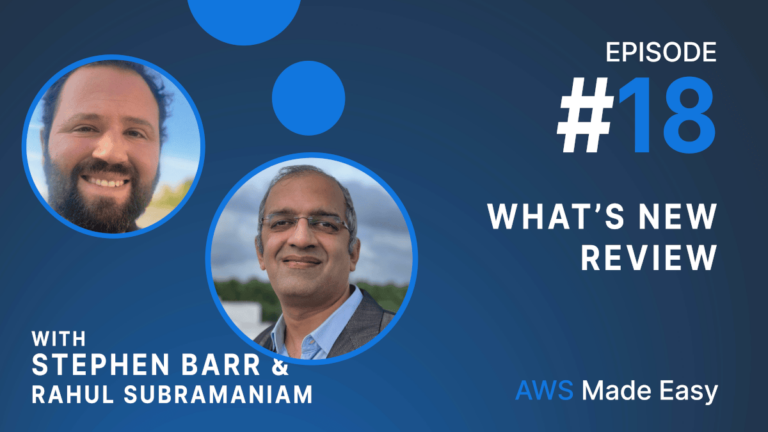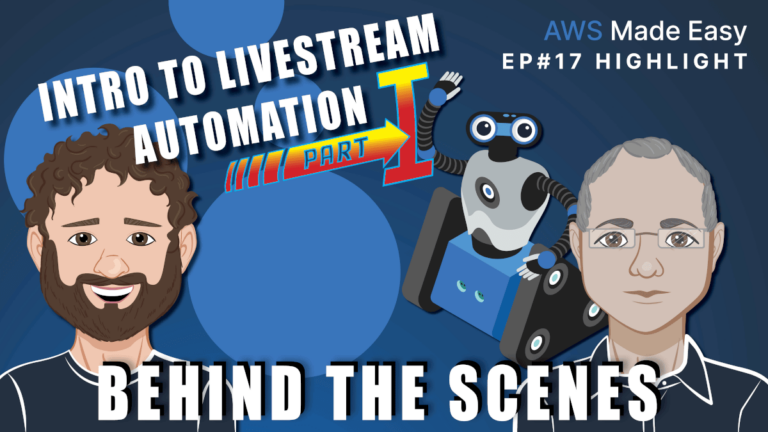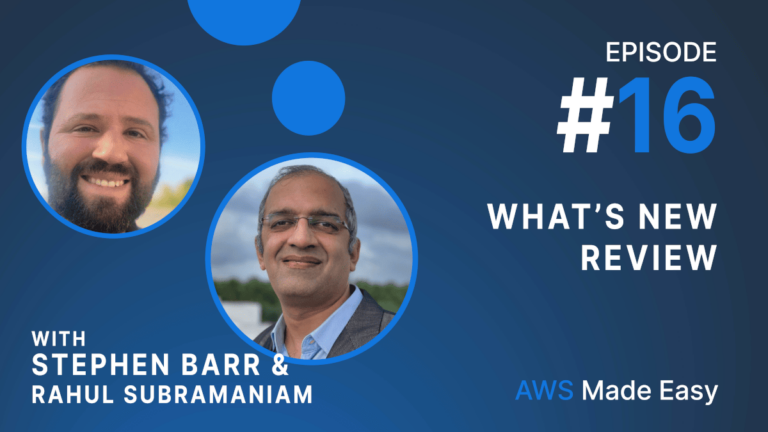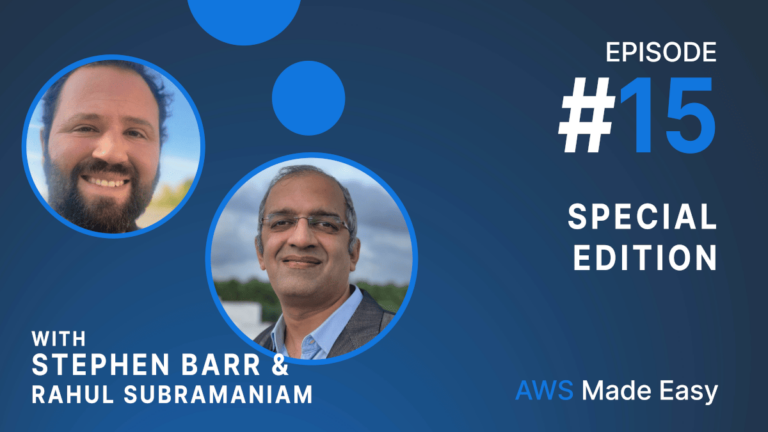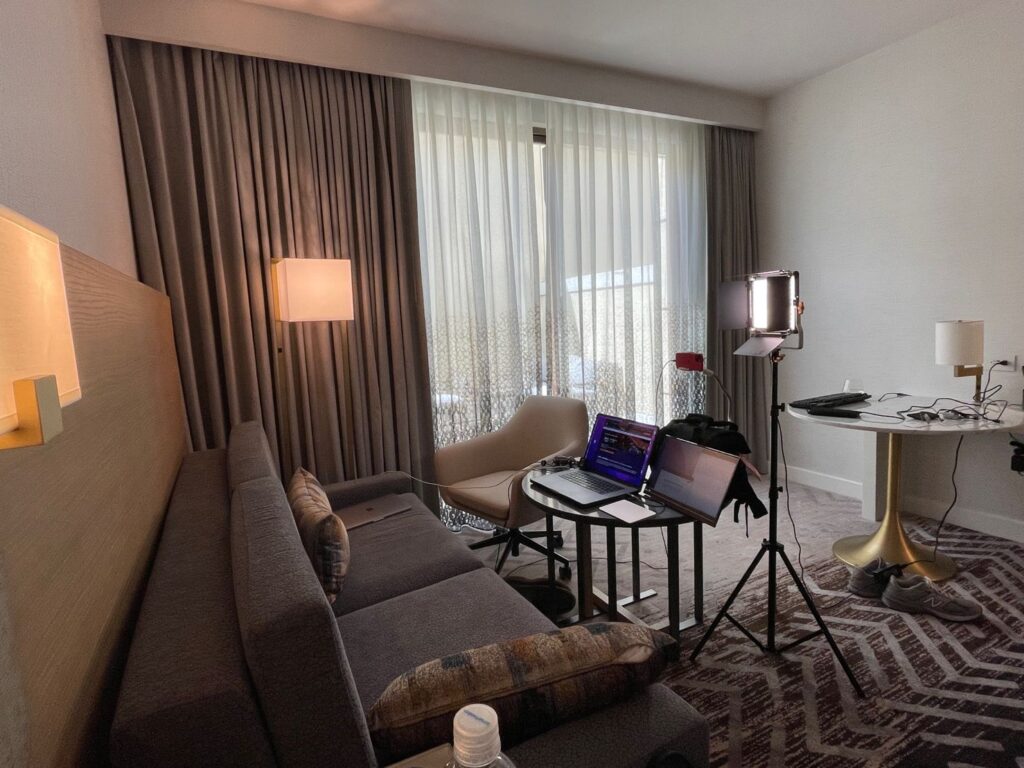

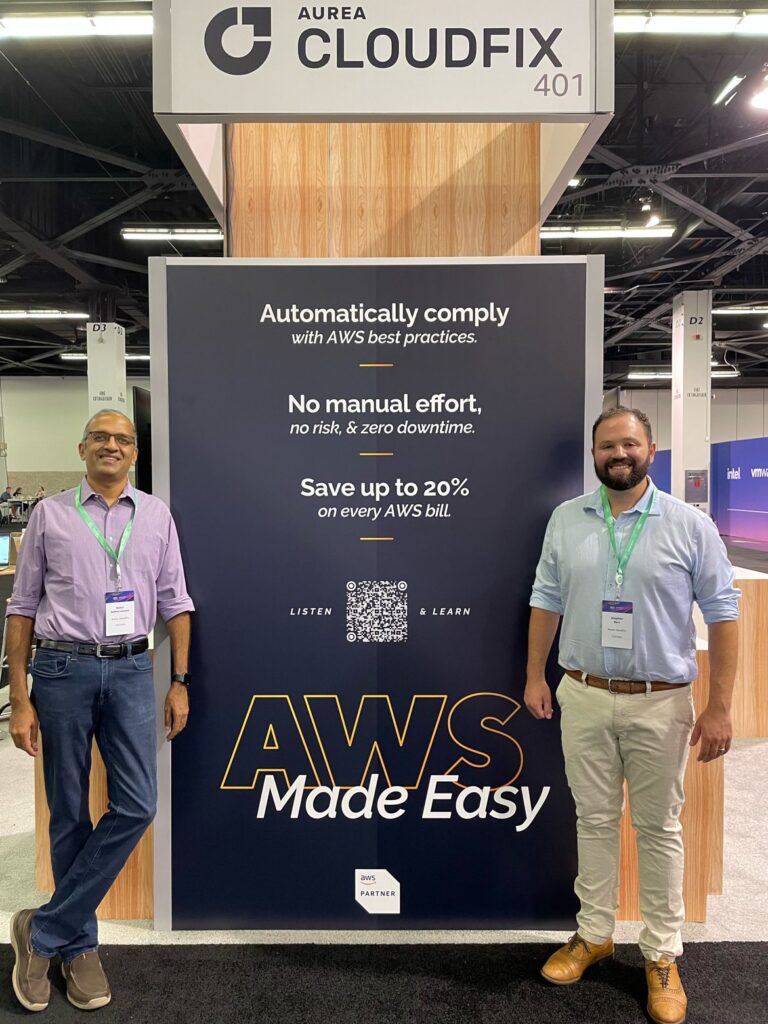
AWS announcement of private 5G
In this segment, Rahul and Stephen review the recent Jeff Barr blogpost on AWS Private 5G. The technology seems extremely interesting, but Rahul and Stephen have struggled to find a compelling use case. Most manufacturing facilities would already have wi-fi, and for new deployments, wi-fi seems like a more cost effective solution. However, they are open to learning more about situations where this is the best option.
Rating:

NEW RDS Instances, Big discussion of stored procedures.
In this segment, Rahul and Stephen discuss some new instance types for RDS which have been deployed to some new regions. Although these instances are have loads of CPU power, the necessity for such instances means that your database is doing way too much computation. Through years of experience, Rahul and Stephen have found that increasingly complex business logic accumulates in database Stored Procedures, and it is the layering of these stored procs which put a big computational load on the database.
Rating:

Verdict:

AWS Config has 20 new resource types. How does configuration drift happen? With AWS Config we can get alerts and automatic config fixing.
How complex is your deployment? Is it all in one place? Do you know every SAM deployment and CloudFormation template? If the answer is yes or no, you need configuration monitoring. With this announcement, AWS Config adds 20 new resource types. This is a building block for setting up configuration monitoring and alerts.
Rating:

Verdict:

Amazon Personalize allows rule-based promotions in recommendations
In this segment, Rahul and Stephen discuss the new rule-based promotions in AWS Personalize. The main idea of this new feature is that, in addition to the ML-based recommendations which Personalize is famous for, there can now be rules for certain recommendations. For example, if you order a set of sockets, you may want to promote a set of extra 10mm sockets, since those are the ones most likely to be lost. The feature itself is really cool, but we would have liked a fun example in the article.
Rating:

Verdict:

Amazon Rekognition Custom Labels now supports autoscaling of inference units
Amazon Rekognition is cool! Custom labels are cool! With this announcement, you can now autoscale inference units. This is a welcome change, but feels like the EC2 of a decade ago. Hopefully this is a small step on the way to fully serverless inference units.
Rating:

Verdict:

Amazon Interactive Video Service
With this announcement, AWS Interactive Video Service now supports HD and full HD. This is a relatively straightforward announcement. We get additional features, with no increase in cost. IVS is a building block for interesting custom systems, such as transcribing a conference call. The videostream can be sent from the conference call to IVS, and then transcribed in real time, have sentiment analysis performed, and more. This is a straightforward article and announcement, and for this reason we award the article a “Simplifies” tag.
Rating:

Verdict:


